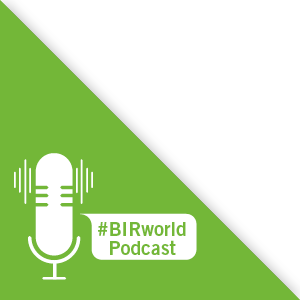New Zealand has not escaped the global pandemic and was placed in a very severe lockdown for a five-week period which has now ended. Industry is back up and running by and large, albeit with reduced capacity.
The scrap metal industry was viewed as essential and so was allowed to operate during the lockdown period, but only to support other essential services. This meant scrap metal companies were more likely to work a few hours a day rather than full days, or simply to work as required. Certainly, this presented a challenge to the entire industry, but at least enabled some inflow of metal during the lockdown.
Metal consumers are also now operating, with some having been shut during the lockdown. Most are reporting lower volumes, and this has been reflected in their demand for raw material. The short-term concern will be achieving economies of scale at reduced capacity, and will be managed differently by each consumer.
The outlook is reasonable in New Zealand with no new COVID-19 cases reported for several days at the time of writing, and 95% of all cases now recovered. But as an exporting nation, New Zealand is affected by the situation of its traditional trading partners as much as by the domestic market.
The relief measures put in place by the government have assisted business to some extent, but the concern now is the long-term economic cost of these policies. Unemployment is forecast to increase from just over 3% to just under 10% by the end of the year; undoubtedly, this will have an impact on consumption, affecting scrap metal yards and consumers in the short and medium term.

Paul Coyte
Hayes Metals (NZL), Vice-President of the BIR Non-Ferrous Metals Division
Country
 Australia
Australia
